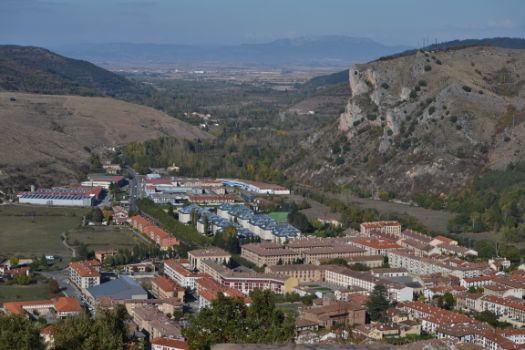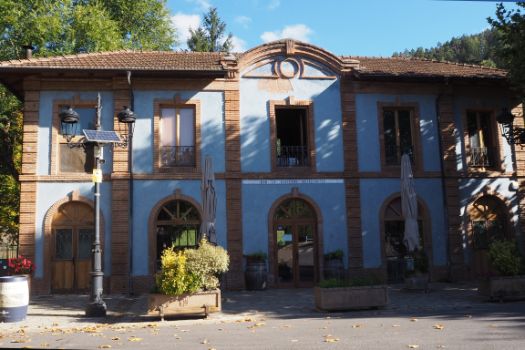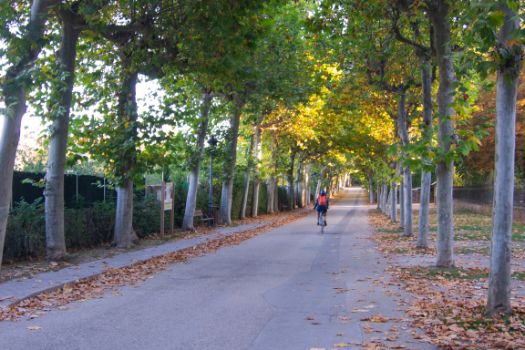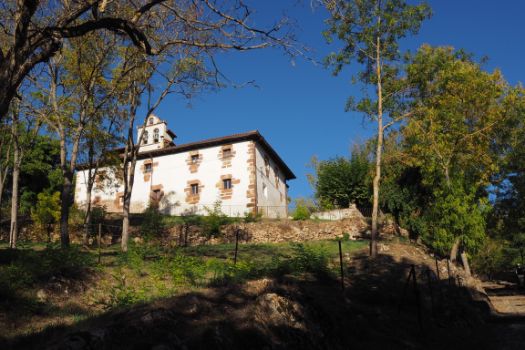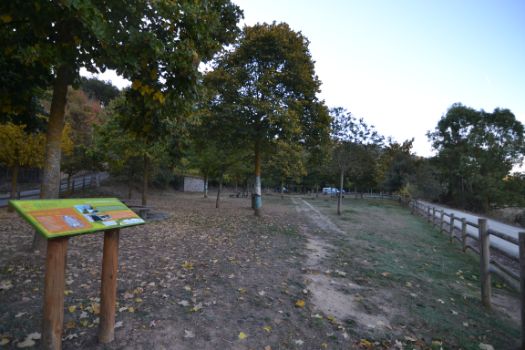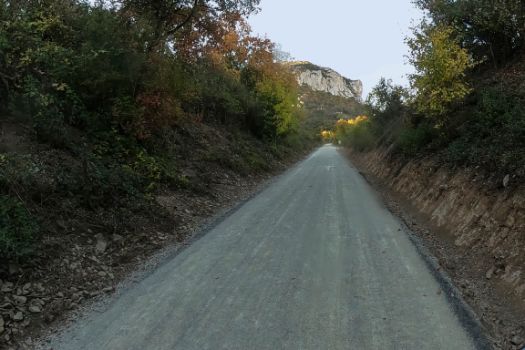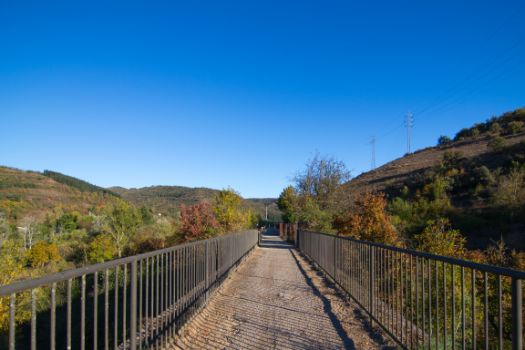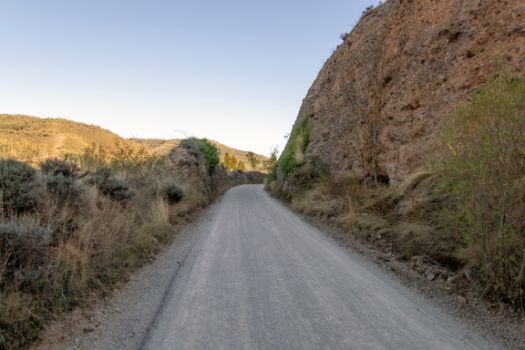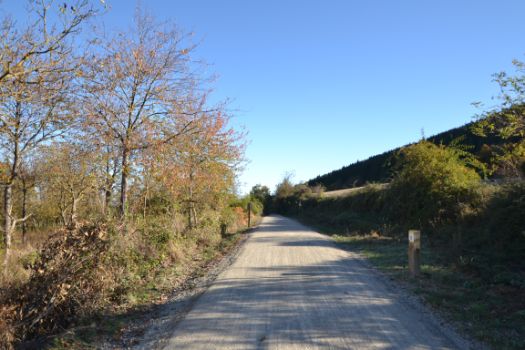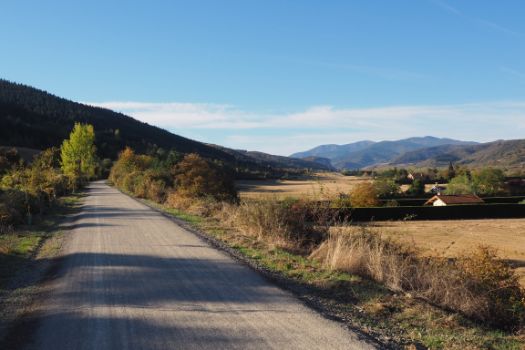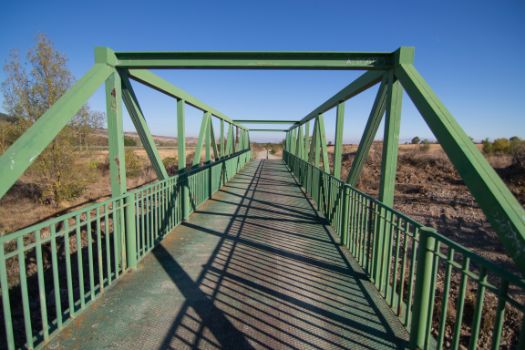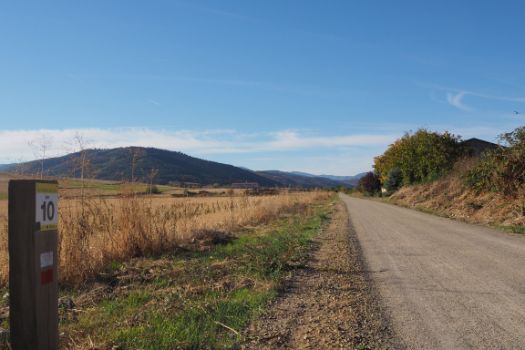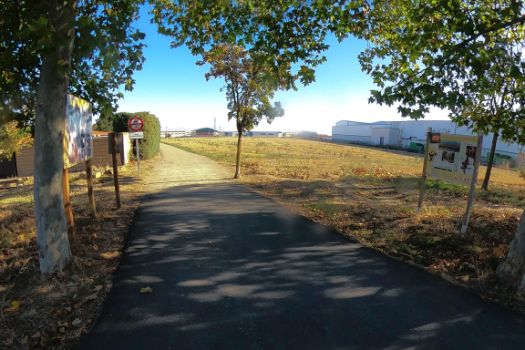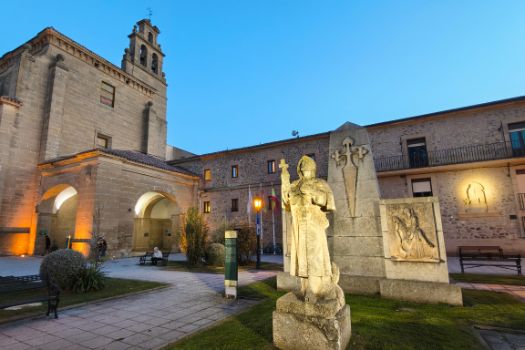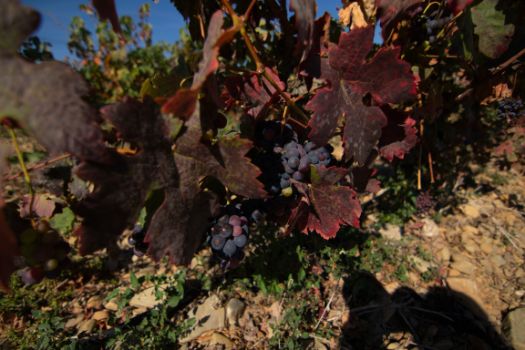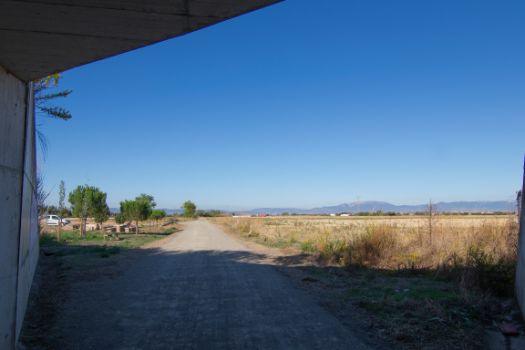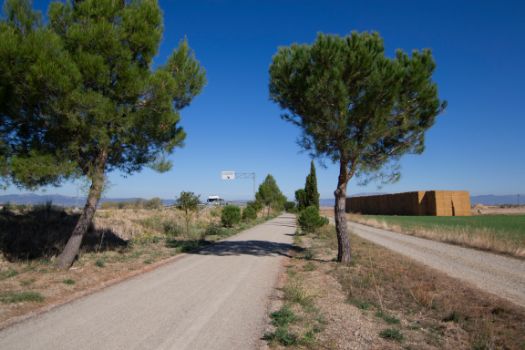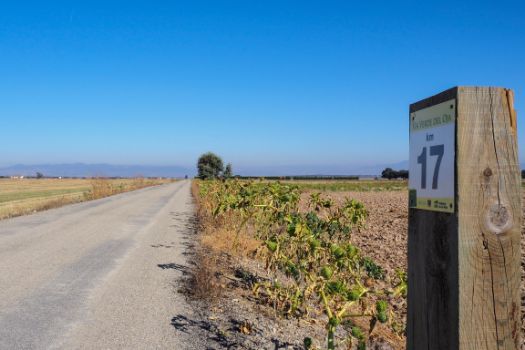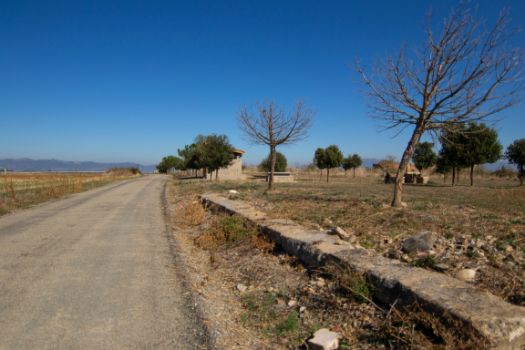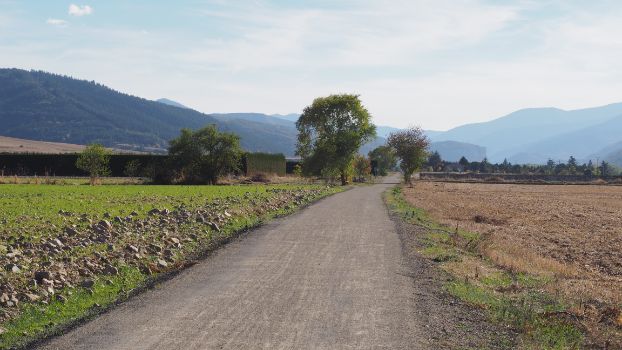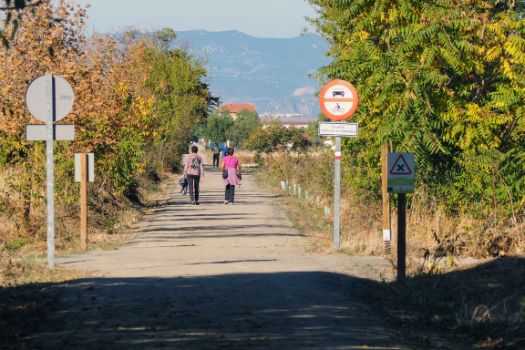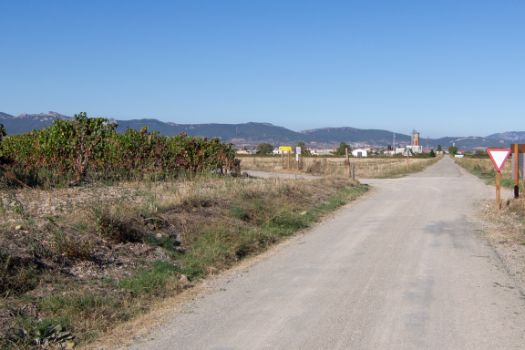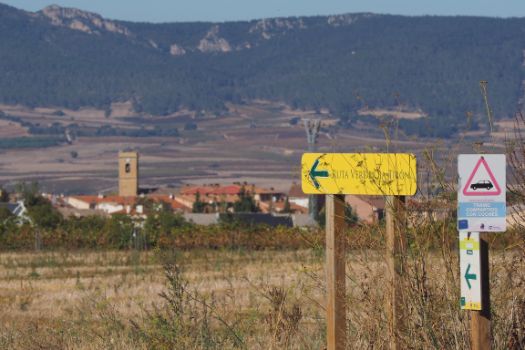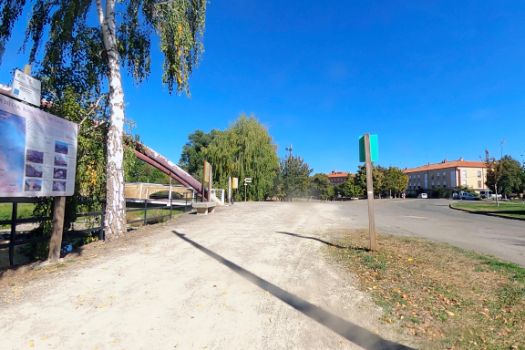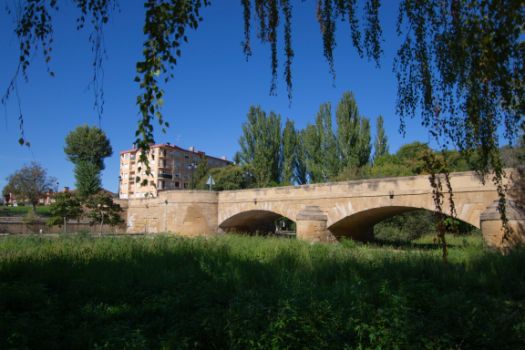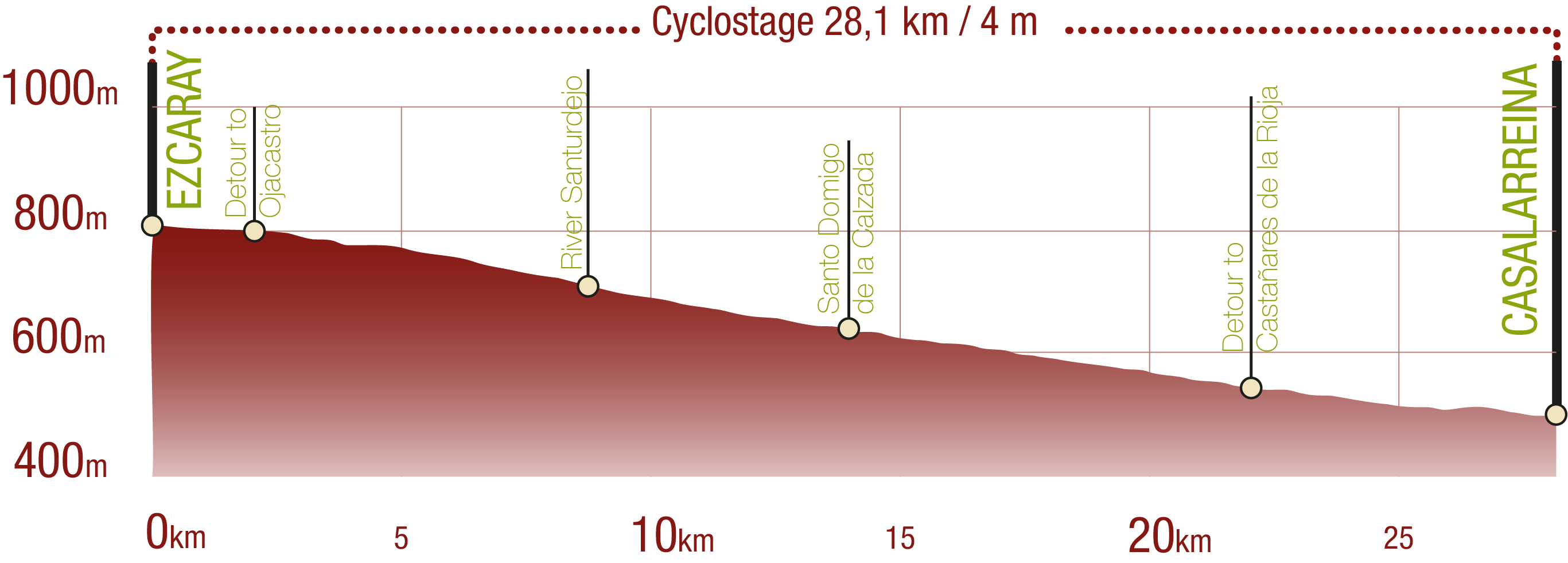Net of Natural
Trails

River Oja Nature Trail
Description
A thirstless route
The source of the River Oja is located in the Sierra de la Demanda (Iberian Mountain Range), and on its north-easterly route in search of El Tirón, to finally flow into the Ebro, it crosses one of the most beautiful and monument-filled locations of La Rioja, a fertile territory cleaved by other parallel rivers, such as the Najerilla, Iregua, Leza-Jubera, Cidacos and the Alhama, although only the latter has the honour of lending its name to this Autonomous Region, as its etymology contracts into the universally famous word: “Rioja”.
The Nature Trail begins at the dressed stone bridge of the town of Casalarreina which crosses the Oja and covers, on its first leg, the centre of this town in the direction of Logroño.

After turning right towards Zarratón along the N-232 highway, the route continues as a far as a lane located between a pear tree plantation, which can be seen on the right, crosses the N-126 highway, and continues straight ahead surrounded by crops. After passing by several vineyards and a poplar grove, it merges with two roads that exit the town of Castañares de la Rioja, crosses them and continues straight ahead along a dirt surface.
The route continues in a straight line, crossing a recreational area, a road and several farm lanes between crop fields. After passing the N-120 and N-102 highways, the route reaches Santo Domingo de la Calzada. At this point, it crosses the street towards the left as far as a roundabout, and continues to the right in a south-westerly direction through an industrial estate until it reaches the green path of the River Oja once again. The Trail continues through an area of crops and scattered country houses in the presence of a landscape that allows you to contemplate the end of the valley and the beginning of the forests. From here, it crosses several lanes, the odd road and a green bridge over a stream.

After passing a crossroads with a house-bordered road, the route enters a wooded area of maple (Acer sp.), cherry (Prunus avium), walnut (Juglans regia), hazel-nut (Corylus avellana) and ash (Fraxinus sp.) trees, reaching another road with another green walkway that crosses a stream. The route runs adjacent to some stables until it arrives at the old train station of Ojacastro.
From this municipality, the Nature Trail runs parallel to the river, passing below a limestone wall where damp stimulates the presence of holly (Ilex aquifolium). On its left, it passes a poplar grove with a recreational area and ends a little further on next to a lane that leads to the Chapel of Nuestra Señora de Allende, the patron saint of Ezcaray. From this point, it continues straight ahead as far as the old train station where, after crossing the River Oja for the last time via a bridge on the right-hand side, it reaches Ezcaray.
Profile
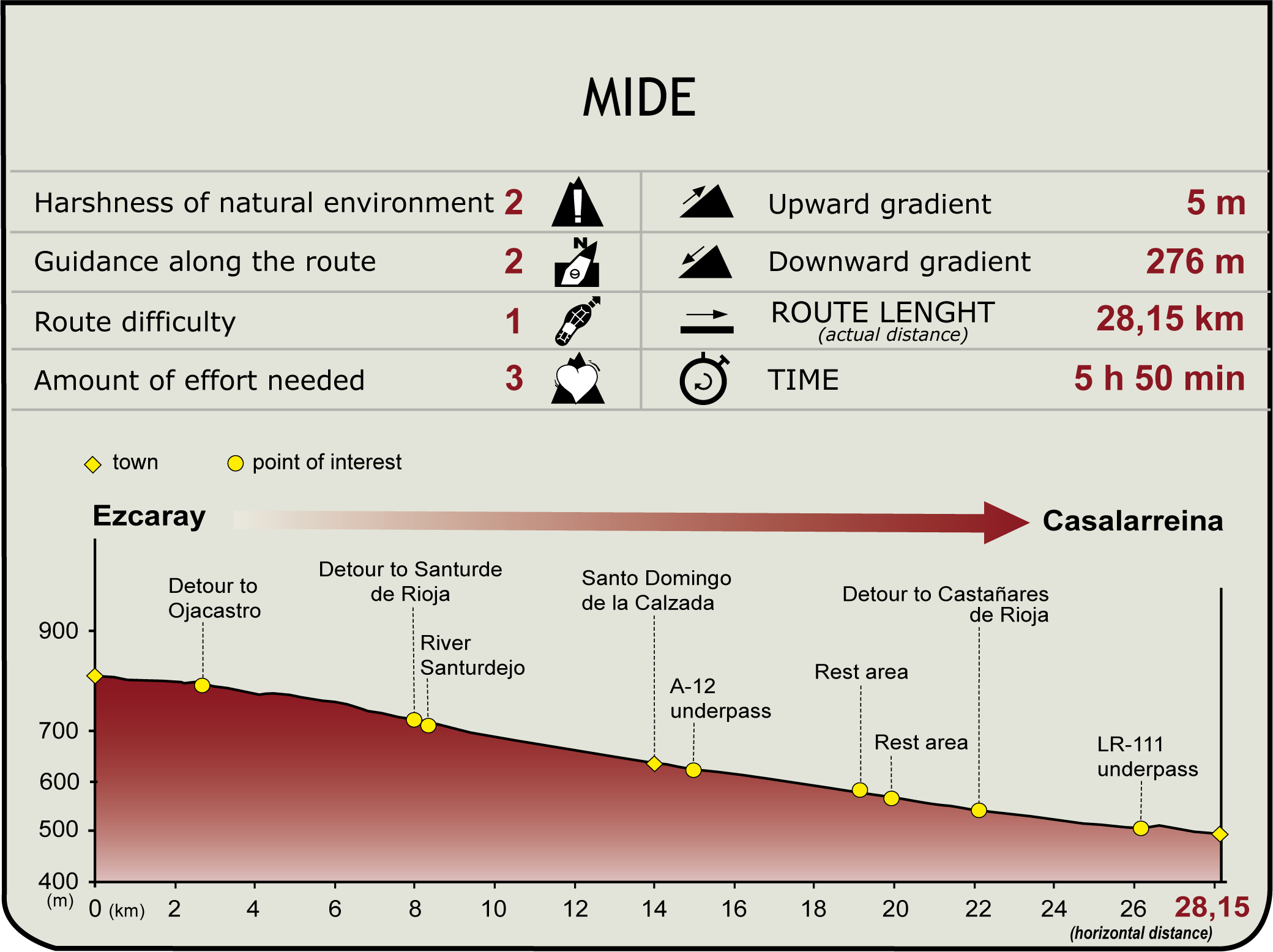
(Calculated according to the MIDE criteria for an average excursionist with a light load)
Highlights
Further information
The Cathedral of Santo Domingo de la Calzada
The building of the present church began in 1158, preserving a large part of the old floor plan. Subsequently, in the 16th century, the right-hand part of the transept was lifted to house the tomb of Santo Domingo.
On the outside of this building, which is built in the style of a pilgrim church as it is located on the so-called “French Route” to Santiago de Compostela, next to its two façades, the Romanesque apse, decorated with beautiful modillons and its glazed windows, next to the Baroque-style tower, stands out.
In its interior, worthy of mention are the Romanesque chevet, the choir, the chapel, the Gothic-style “gods” and, especially, the Renaissance altarpiece, one of the most grandiose works of the master of religious imagers, Damián Forment.
The Monastery of Nuestra Señora de la Piedad in Casalarreina
The construction of this Dominican monastery began in 1514, under the orders of Juan Fernández de Velasco, the Bishop of the Dioceses of Calahorra and Palencia, at the request of his niece, Isabel de Guzmán y Velasco, the daughter of Juan Alonso Pérez de Guzmán y Orozco and Isabel Fernández Velasco, following a concession made by Pope Julius II in 1509.
FIt was inaugurated in 1522, taking advantage of a visit by Pope Adrian VI who passed the night there on his return journey to Rome. It is the only Spanish monastery to be inaugurated by a Pope.
Multimedia
Downloads
GPS Downloads
Cyclability
TYPE OF ROADS, PORTAGES & DIFFICULTY
SAFETY RECOMMENDATIONS
- It is recommended top ay special attention at two-way road crossing, cross on foot when indicated by the signaling and be watchful in sections shared with traffic, which are marked along the route..
GENERAL RECOMMENDATIONS
- Find out about the technical aspects of the route and the weather on the day.
- Take care of the environment. Take care not to disturb animals or damage vegetation. Respect private areas.
- You must give priority to pedestrians and comply with general traffic rules.
- The environment in which you will be riding is open, free to move around and an area where many activities are carried out (sporting, forestry, livestock and agricultural activities).
- Always have an understanding, prudent, responsible and respectful attitude.



